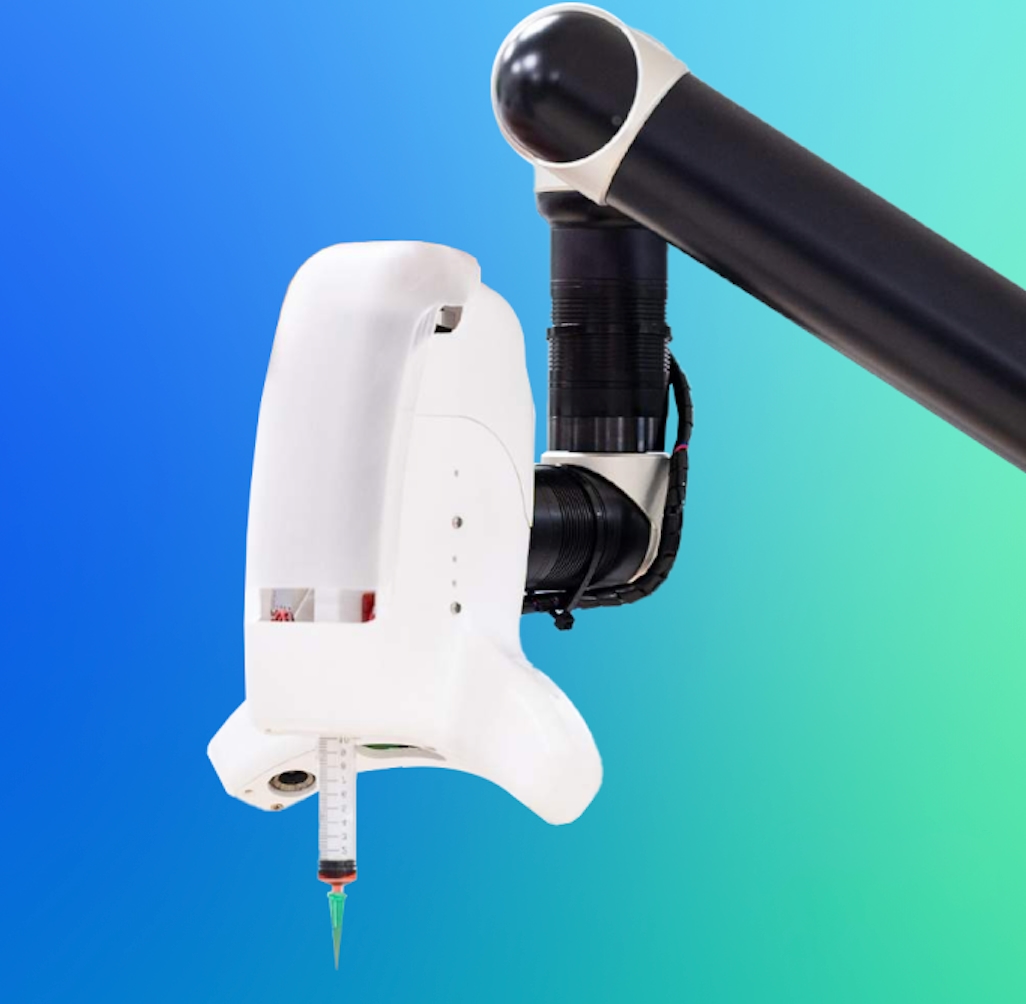Catalog
Search
619 products
View:
- Selected: 1Areas of use
- Selected: 0Item names
- Selected: 0Manufacturer
- Selected: 0Made in
- Selected: 0Additional
View:
619 products
Educational laboratory complex KUL-1
It is intended for use in higher and secondary educational institutions during laboratory workshops on training specialists in engineering and technical specialties and natural science disciplines.
Technical specifications:
Upost.- 0.1 mV - 500 V; Uperem.- 1 mV-300 V (40 Hz-20 kHz)
Ippost. - 0.1 mkA- 2 A; Iperem. - 1.0 mkA - 2 A (40 Hz-1 kHz)
Rpost. - 0.1 Ohm – 20 mOhm
Generation of triangles, pilobr., "meander", sinusoid. signal in the frequency range 0.1 Hz – 1 MHz
Frequency measurement in the range of 0.1 Hz – 1 MHz
The form of the measured signals is sine, pulse
Constant voltage: at a current of 1 A - + 5 V at a current of 0.5 A for each channel - ± 12 V
Adjustable Uppost. at a current of up to 1 A - 0 – 30 V
Dimensions - 170x340x380 mm
Power supply – 230 V, 50 Hz, 200 VA - max.
Weight – 8.0 kg
MNIPI
Minsk
Produced in: Belarus, Minsk

Metolab 103 Rockwell Hardness Tester
METOLAB 103 is an automatic electromechanical stationary device designed to measure the hardness parameters of various materials and products (steel, cast steel, alloy steel, non–magnetic metals, plastics and other materials) according to the Rockwell method, scales A, B, C, and also allows converting the results into Vickers, Brinell and Super-Rockwell scales. It is important to note that the stationary METOLAB 103 hardness tester has the ability to produce results on a PC in the form of Excel spreadsheets.
All measurements carried out by the METOLAB 103 hardness tester fully comply with current standards, including BS.EN 10109 and ISO716. The stationary METOLAB 103 hardness tester is listed in the State Register of Measuring Instruments of the Russian Federation under number 65128-16 and comes with a certificate of primary verification (on request).
Regulatory and technical documents establishing requirements for the METOLAB 103 hardness tester:
GOST 8.064-94 GSI. State verification scheme for hardness measuring instruments on the Rockwell and Super-Rockwell scales;
GOST 9013-59 Metals and alloys. Rockwell hardness measurement method. Scales A, B, C;
GOST 22975-78 Metals and alloys. Rockwell hardness measurement method at low loads (Super-Rockwell);
GOST 23677-79 Hardness testers for metals. General technical requirements.
Distinctive features of the stationary Metolab 103 Rockwell hardness tester:
Thanks to the special design of the measuring platform, it is possible to measure hardness in hard-to-reach places (grooves, holes, etc.);
Measurements are fully automated;
The ability to set the lower / upper limits of measurements, audible alarm when values exceed the set limits;
Statistical processing of results – output of minimum/average/maximum values, conversion of results into Brinell, Vickers, Super-Rockwell scales;
Correction for curvature when measuring a convex or cylindrical part;
Simple and intuitive control of the devices, the menu in Russian.
Basic delivery package:
Stationary Metolab 103 Rockwell hardness tester;
Indenter with a ball (1.5875 mm) - 1 pc.;
Spare ball (1.5875 mm) – 3 pcs.;
Conical diamond indenter (120°) - 1 pc.;
Flat table SP1 (60 mm);
V-shaped prismatic table SRP1 (40 mm);
Rockwell Hardness measures;
User Manual.
Metolab
Moscow
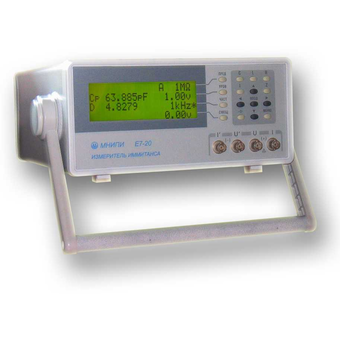
Immitance meter E7-20
Technical specifications:
Wide frequency range 25 Hz–1 MHz
Capacity (10-15-1) F
Inductance (10-11-104) Gn
Resistance (10-5-109) Ohms
Conductivity (10-11-10) Cm
Modulus of complex resistance (10-5-109) ohms
Reactance (10-5-109) Om
Phase shift angle -90° – +90°
Q factor, loss factor 10-4-104
Leakage current (10-8-10-2) A
The error is ±0.1%
Offset voltage 0 – 40 V (external up to 120 V)
Measuring signal level (0.04 – 1) V
RS-232C interface
Mathematical processing of measurements
Dimensions, weight: 127x298x300 mm, 4 kg
Power supply ~220 V, 20 VA
MNIPI
Minsk
Produced in: Belarus, Minsk

Mobile laboratory for 0.4-35 kV cable lines (ETL-35)
Laboratory equipment for 0.4-35 kV cable lines (ETL-35)
1. Test facility
• – Maximum rectified voltage up to 70 kV;
• – Maximum AC voltage of the industrial frequency of 50 Hz to 100 kV.
2. Burning facility
• – Maximum voltage up to 30 kV;
• – Maximum current up to 80 A;
• – Working hours are not limited;
• – Switching of stages is carried out without breaking the arc at the time of switching;
• – The ability to start working from any stage of burning (when working with low-voltage cables);
• – Built-in afterburning.
3. High voltage pulse generator
• – Output voltage 0...12 kV / 0...24 kV;
• – The pulse energy at each stage is 3000 J;
• – Built-in IDM for collaboration with the reflectometer.
4. Reflectometer
– Supports 3 methods of determining the location of damage:
• – By pulse reflectometry;
• – By the method of oscillatory discharge;
• – Pulse-arc method.
5. High-voltage cable defects detector
• – Determining the location and depth of the cable at a depth of up to 10 m;
• – Tracing at a distance of up to 10 km;
• – Search for live electrical cables;
• – Search for places where the pipeline and cable intersect;
• – Determining the places of damage to cable lines;
• – Site surveys before excavation;
• – Search for places of damage to the external insulation of the cable;
• – GPS\GLONASS coordinates recording and mapping of found communications;
• – Cable selection from the bundle;
• – Search for the place of damage by acoustic method.
TEKHNO-AS
Kolomna
Produced in: Kolomna, Moscow region
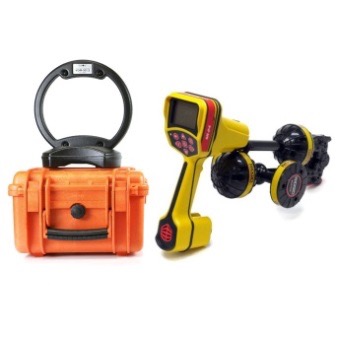
Cable Searcher Athlete AG-324
The Athlete AG-324 cable searcher is a combination of the modern American Ridgid SR-24 track finder receiver and the most powerful multi-frequency portable generator AG-120T in the line of TECHNO-AC generators.
TEKHNO-AS
Kolomna
Produced in: Kolomna, Moscow region
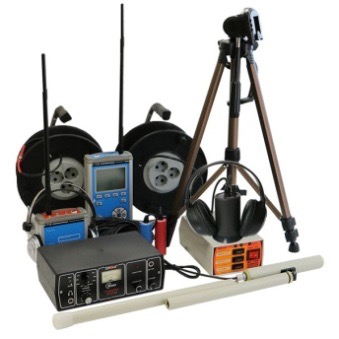
Correlational leakage detector Iskor-210
from
395 370 ₽
Designed for:
– determining the location of leakages from pipelines by the correlation method;
– tracing underground utilities;
– clarification of the leak location by an acoustic leak detector;
– creation of an information database on the condition of pipelines and the results of pipeline diagnostics;
– search for the place of damage to the power cable by induction and acoustic methods.
TEKHNO-AS
Kolomna
Produced in: Kolomna, Moscow region
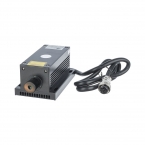
Blue DPSS Laser 457 nm KLM-457/h-x
DPSS lasers of the KLM-457/x series are optimal sources of coherent radiation for the construction of control and automation systems, alignment and marking devices, for scientific and medical purposes.
Technical specifications
Radiation output power: up to 10W
Radiation wavelength: 457 nm
Output beam diameter: 1.5mm
Divergence of the radiation beam: 1.3 mrad
Instability of radiation power: 5%
Type of modulation: TTL or analog
Time to enter the mode: 15min
Spectral line width: 0.1nm
FTI-Optronik
Saint Petersburg
Produced in: Saint Petersburg
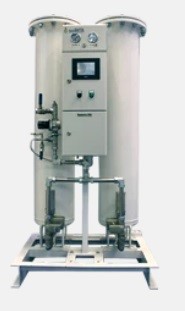
Oxygen concentrator "Provita-200M"
Devices capable of generating oxygen have found the widest application in various fields of medicine. The equipment is also used in training centers, educational institutions and oxygen rooms.
Medical oxygen concentrators allow to accelerate the recovery of patients suffering from cardiovascular diseases, chronic respiratory diseases, as well as other pathologies that make it difficult to saturate the blood with oxygen. This equipment is a mandatory equipment for anesthesiology and intensive care units. Oxygen concentrators demonstrate high efficiency in restorative treatment. Unlike oxygen sources, which use compressed gas, generators are characterized by high safety and efficiency
Capacity:
200 l/min
12 m3/h
16 kg/hour
Oxygen purity: 95 %
Oxygen pressure: 4-5 bar
PROVITA
Saint Petersburg
Produced in: Saint Petersburg
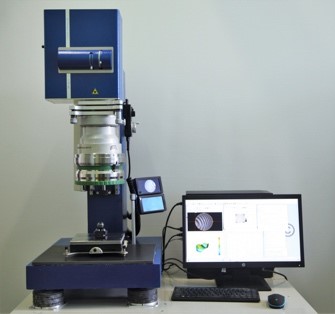
OptoTL-60/125 interferometer by Opto-TL
The OptoTL-60/125 interferometer by Opto-TL is designed for non-contact technological control of the shape accuracy (N/ΔN) of optical polished flat and spherical surfaces with a diameter of up to 125 mm, measuring their radii, and also for checking the distortion of lens wavefronts. Characteristic features of the interferometer OptoTL-60/125: • small dimensions for placement in production next to optical machines; • specially developed original FastInterf software for operational measurements in production conditions; • original ruler calibration program for measuring radii; • the presence of two monitors for quick adjustment and visualization of the interference pattern; • New! the presence of two light sources (coherent and non-coherent) to reduce the influence of reflection of the second side when testing plane-parallel plates (option); • motorized fast vertical movement by servomotor; • motorized precise vertical movement using a pulse generator with a sensitivity of 30 nm; • New!automatic vertical movement by a specified amount (from the «cat's eye» position to the confocal position and vice versa) (option); • two standard sizes of reference lenses 60 mm and 125 mm with adapter 60/125; • adjusting table for tilting and moving the controlled samples; • the presence of base surfaces for the table and controlled parts to simplify alignment when controlling a batch of identical parts; • device for tilting steep blocks (option); • base and vertical stand made of syntegran for better damping of vibrations; • passive system of vibration isolation sufficient for work in industrial conditions; • The interferometer is delivered on a turnkey basis, complete with everything you need to get it up and running.
OPTO-TL
Санкт-Петербург
Produced in: Saint Petersburg
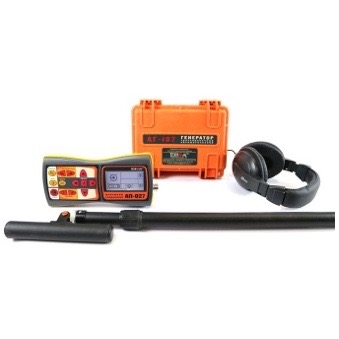
Trace Searcher Success AG-428.30N
from
200 100 ₽
The trace searching kit is designed to accurately determine the location and depth of underground utilities (power and signal cable lines, reinforced fiber-optic lines, pipelines made of electrically conductive materials), troubleshooting cable lines, and also allows you to survey the area before excavation and prevent damage to engineering communications.
The kit includes a digital multifunctional tracking receiver with a large LCD display and audio output both to the built-in speaker and to the operator's headphones. Leak detector/flaw detector function (using an optional acoustic sensor).
The kit is equipped with the latest compact autonomous generator AG-107 with built-in batteries, display and built-in induction antenna, for tracing communication in a contactless way.
The output power of the generator is up to 60 watts.
TEKHNO-AS
Kolomna
Produced in: Kolomna, Moscow region
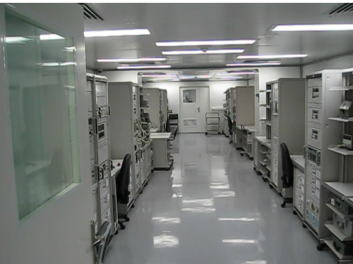
Stationary metrological laboratory
The SML is a stationary object located in the existing production premises of the customer or new buildings built according to the project documentation.
The technical basis of the SML is made up of up to ten automated workstations (APM ST) for SI verification (calibration) and up to three workstations (RM ST) for diagnostics, adjustment and repair of SI.
The ARM ST includes software that allows you to perform SI verification according to a given algorithm and document the results.
All SML equipment is placed on standard basic load-bearing structures (BNC).
At present, design documentation has been developed and the production of automated control systems has been mastered for the complete set of SML of almost all types of radio and electrical measuring devices, pressure and vacuum SI, SI geometric quantities and other SI.
If necessary, the specialists of JSC "NPF "Techno-yaks" are ready to train specialists (ARM operators).
Terms and conditions of financing, development, manufacturing, installation, training of specialists are implemented on the basis of contractual relations with customers
TEKHNOYAKS
Moscow
Produced in: Moscow
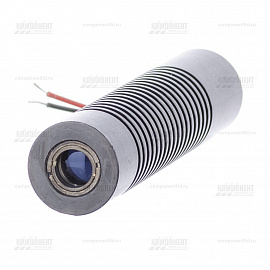
Green Laser Module KLM-D532-x-5 532nm dot
Laser modules of the KLM-D532-x-5 series are optimal sources of coherent radiation for the construction of control and automation systems, alignment and marking devices, for scientific and medical purposes.
FTI-Optronik
Saint Petersburg
Produced in: Saint Petersburg
